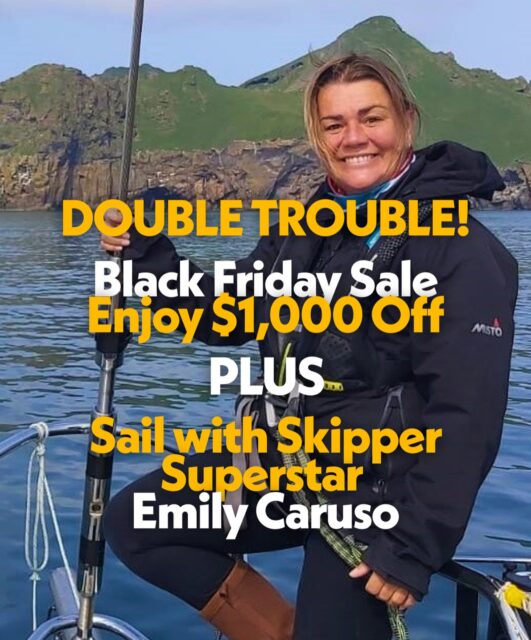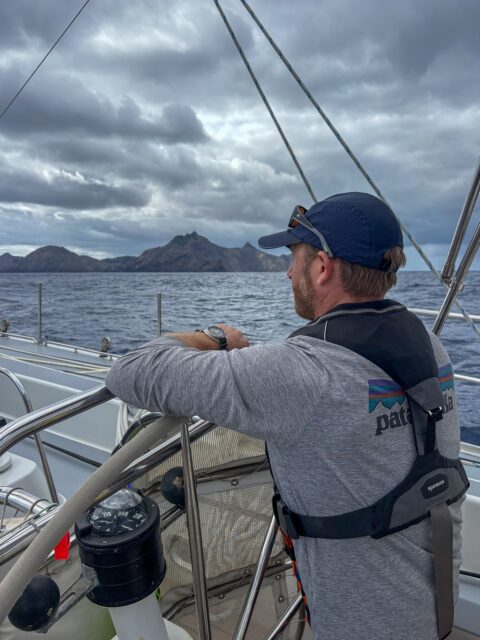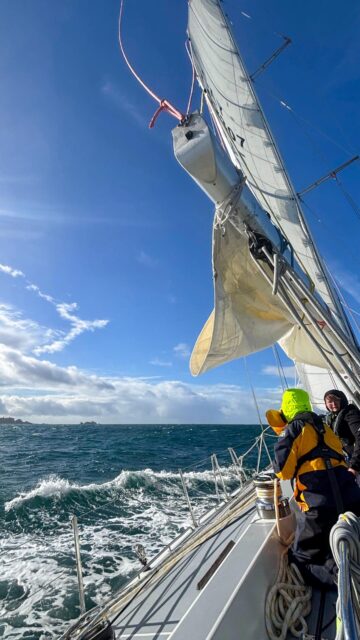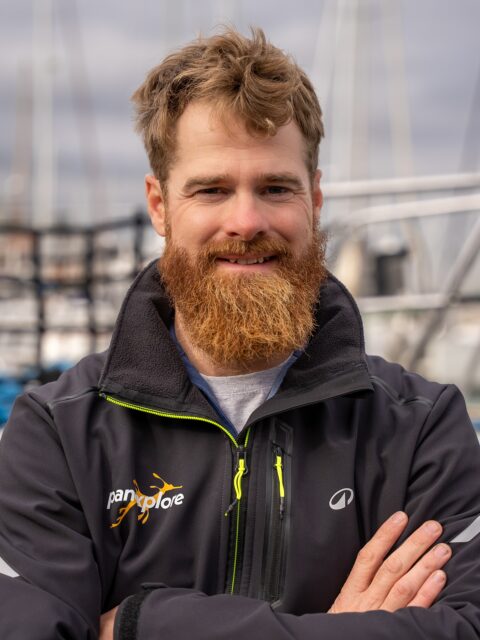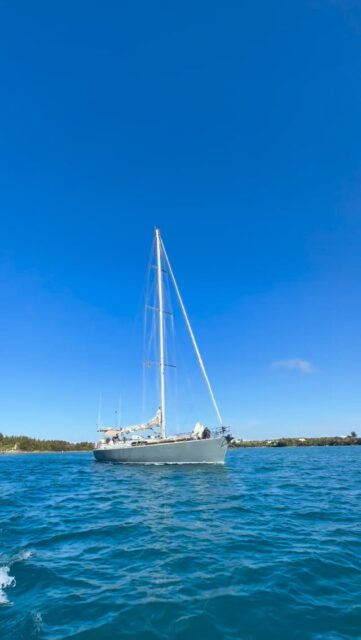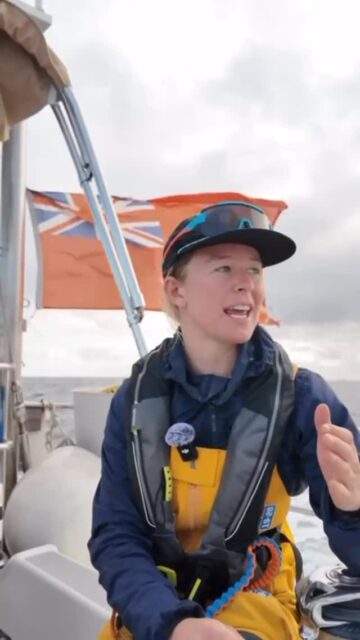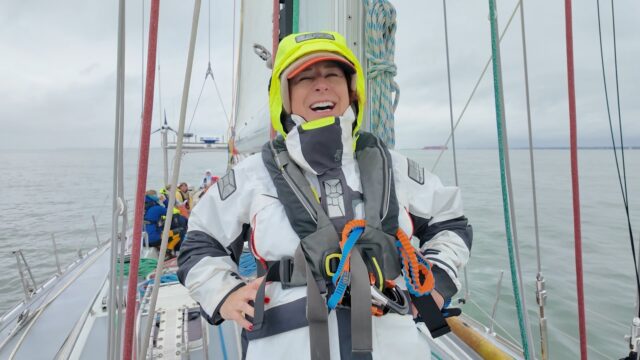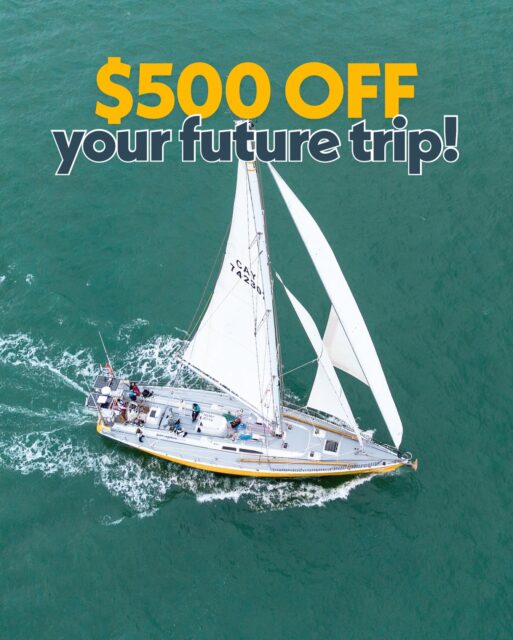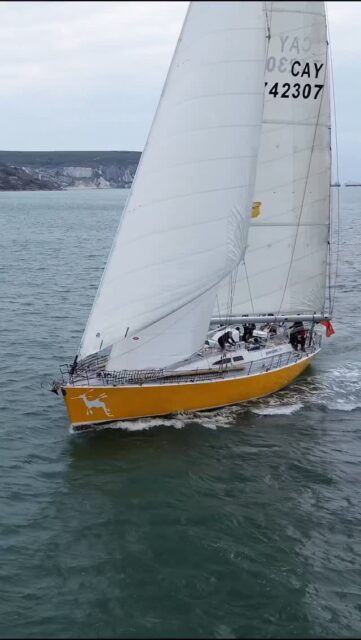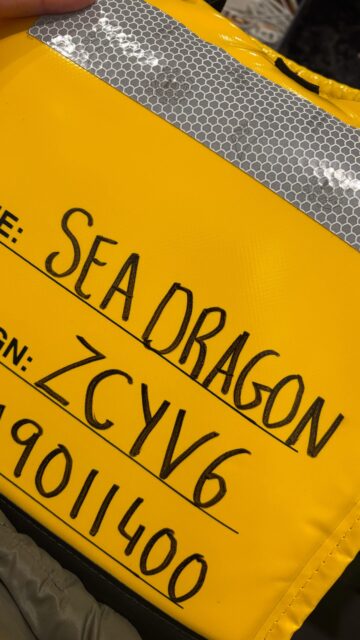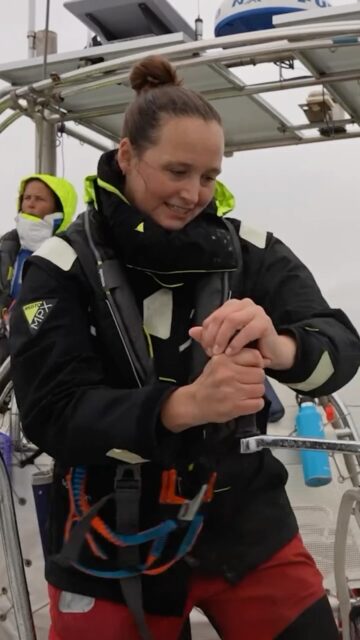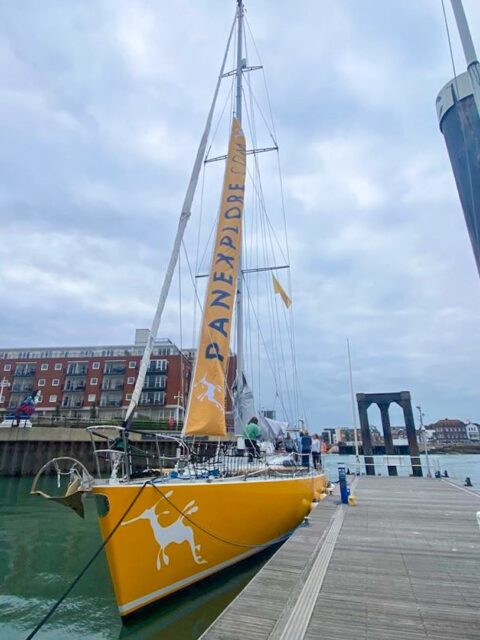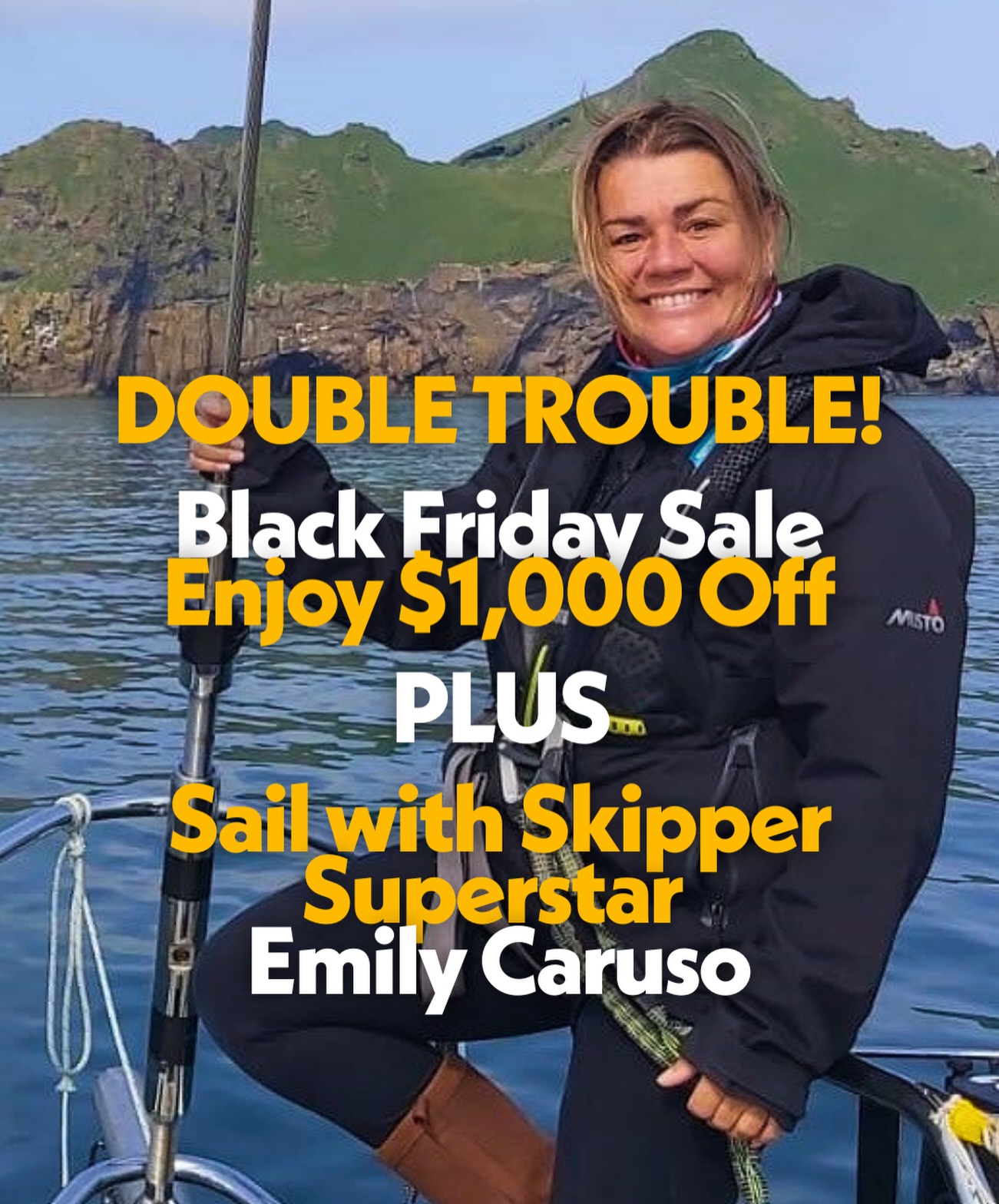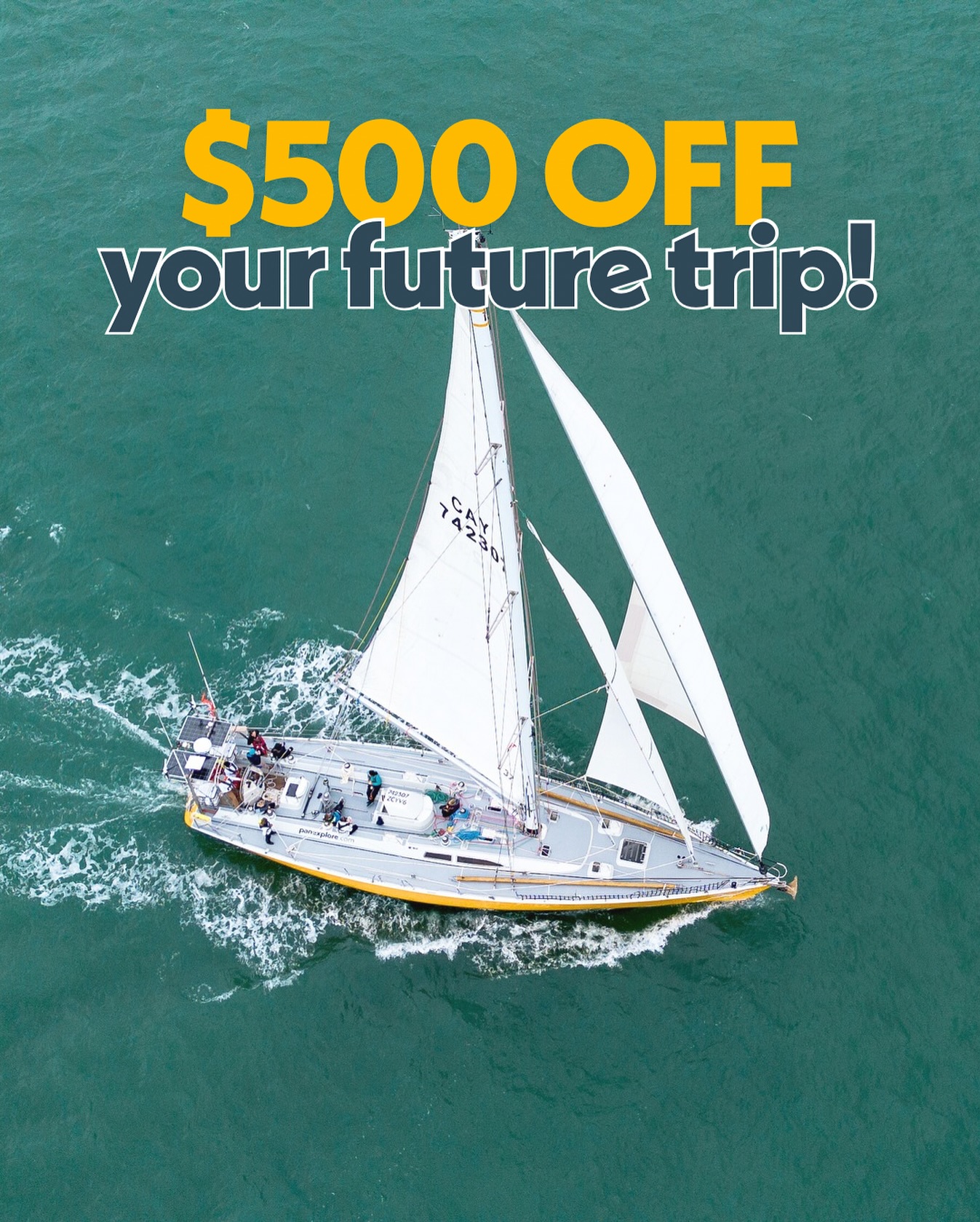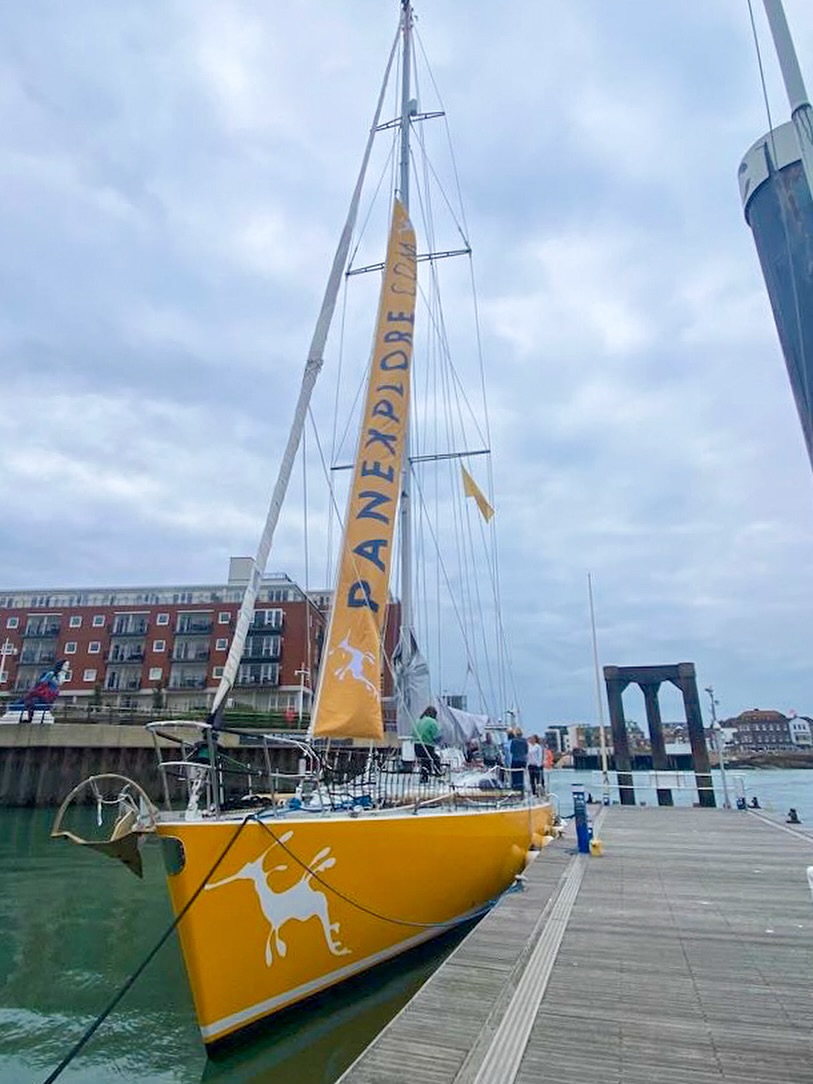
If you haven’t googled “Mandy Barker, SOUP” do so. Crewmember and
photographic artist Mandy Barker from Leeds, UK has a series called
SOUP–which pretty much went viral when her images hit the internet.
Her work is based on the North Pacific Gyre, and she photographs
plastic ‘rubbish’ collected from beaches all over the world. As a
device, Mandy photographs her rubbish on black velvet to essentially
give the effect of suspending the material in space. Beautiful,
haunting, and some of the best ‘plastic art’ I’ve seen yet, as it’s
abstract enough to not be didactic—an issue that has plagued plastic
art and relegated it to second tier. But Mandy, like a handful of
artists like Chris Jordan and Barbara Benish, are transcending the
trappings of the plastic art genre and defining a new aesthetic for
the movement.
On this voyage it’s Mandy’s goal to create another body work to
compliment SOUP, fromthe ideas she conjures and the rubbish she pulls
out of the sea on this voyage. And let it be said, for an activist
and communicator like me who works on this issue, I can’t express how
beautiful and inspiring it is to watch the process of thinkers on this
ship. Science, though important for our understanding of the scope of
plastic pollution in the world, is only one piece of the puzzle. For
instance, one of our waypoints (which we’ve since abandoned due to
gnarly winds at higher latitudes) was a point where scientist Robert
Day collected one of the highest concentrations of plastic pollution
in the North Pacific in the 80s. The New York Times didn’t publish a
story on marine plastic pollution til the 21st century, and that’s
because the movement didn’t have a charismatic figure like Charles
Moore, founder of Algalita, and the reason scientific institutions all
of the world are working on this issue today. Have you ever heard of
Robert Day? No? Yep–that’s right, that’s because scientists tend to
do a pretty poor job of communicating their findings to the public,
and thus we don’t have policies in place that keep the pollution from
happening in the first place.
But our model works and it’s why we take people like Mandy to sea.
Here’s the basics of how things work aboard—first, we’re all
equals—everyone cooks, cleans, maintains watches and steers the ship.
Second, we give everyone access to the samples we collect. Marcus
ensures that protocols aren’t corrupted, but then gives materials to
the crew to interpret however their respective discipline demands.
Here’s an example: one of the crew scoops up a derelict fishing buoy
from the ocean, then Marcus enlists crew members to help him take
samples of rafting organisms from the buoy for a scientist from Hawaii
named Hank Carson—much cheaper for Hank to get samples from us, then
for him to hire a boat to get out here himself. Marcus explains to
crew about how plastic has become a vector for transporting invasive
species, which is the area of Hank’s field of study (We also had Hank
speak on this work at the science symposium we organized in Tokyo that
this crew attended). After the science is done and samples are taken,
the artists go at the object. Mandy takes the buoy down in the cockpit
and places it on her signature black velvet, and shoots it. Others
film the process, commenting on the histories of when fishing floats
went from glass to plastic, and how their perceived value has gone
down accordingly which makes them more likely to be abandoned. Mandy
is also shooting each of our education samples (after Marcus removes
the plastic we’re saving for toxic chemical sorption), that come from
the high speed trawl—the device we use for collecting non-quantifiable
plastic bits. The samples we gather here, and the images Mandy will
create are for use by policymakers, teachers and activists. All this
is like watching a microcosm of the movement that we’re all apart of
with several different touch points for a global society that isn’t
necessarily scientifically savvy. Out the middle of nowhere, we’re
creating knowledge and onramps to bring our findings to an
international community. Mandy is a big piece of that movement and
it’s an honor to sail with her—plus she doesn’t get seasick and makes
a great cuppa’
